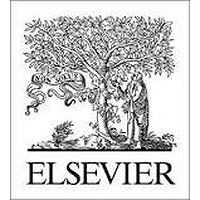Most light-duty vehicle crashes occur due to human error. Many of these crashes could be avoided or made less severe with the aid of crash avoidance technologies. These technologies can assist the driver in maintaining control of the vehicle when a possibly dangerous situation arises by issuing alerts to the driver and in a few cases, responding to the situation itself. This paper estimates the societal and private benefits and costs associated with three crash avoidance technologies, blind-spot monitoring, lane departure warning, and forward-collision warning, for all light duty passenger vehicles in the U.S. for the year 2015. The three technologies could collectively prevent up to 1.6 million crashes each year including 7200 fatal crashes. In this paper, the authors estimated the net-societal benefits to the overall society from avoiding the cost of the crashes while also estimating the private share of those benefits that are directly affecting the crash victims. For the first generation warning systems, net-societal benefits and net-private benefits are positive. Moreover, the newer generation of improved warning systems and active braking should make net benefits even more advantageous.

Net-societal and net-private benefits of some existing vehicle crash avoidance technologies
Review badges
0 pre-pub reviews
0 post-pub reviews